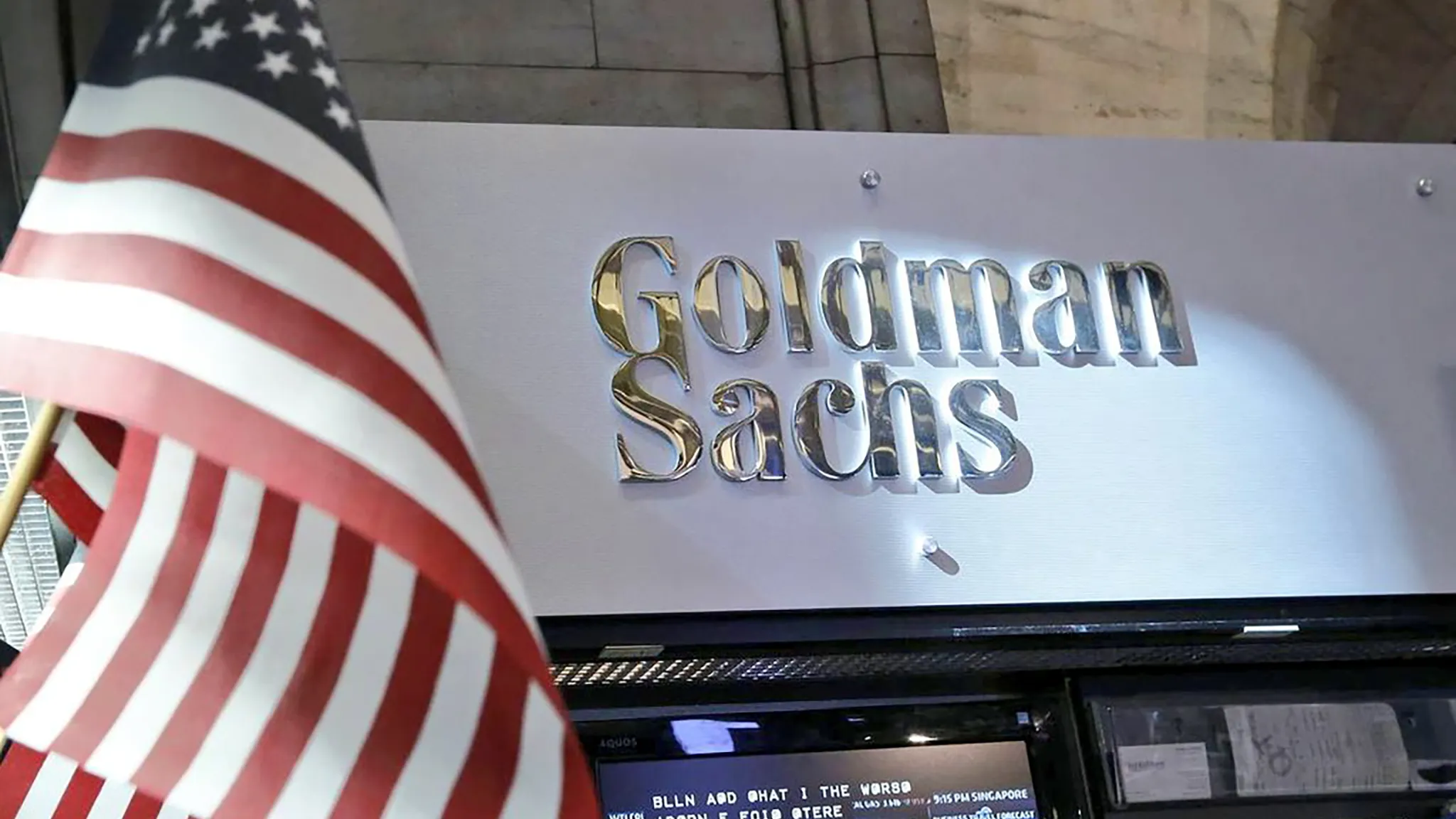Gloomy clouds are gathering over the global economic horizon as major institutions recalibrate their growth forecasts downwards. The OECD’s latest economic outlook paints a picture of ‘Steering through Uncertainty’, a sentiment echoing the widespread disruption stemming from the Trump administration’s shake-up of established economic and geopolitical norms. The report explicitly flags ‘significant changes’ in trade policies, warning of their potential to ‘hit global growth and raise inflation’ if they persist. Consequently, the OECD has lowered its world real GDP growth forecast to 3.1 percent for 2025, a 0.2 percentage point reduction from its December 2024 estimate. The outlook for 2026 isn’t any brighter, with a further 0.3 percentage point cut, settling at 3 percent.
Nations in the Firing Line
The OECD’s analysis pinpoints the US’s closest neighbours, Mexico and Canada, as bearing the brunt of this economic deceleration. Canada’s growth projection for this year has been slashed by a significant 1.3 percentage points to a mere 0.7 percent. Mexico faces an even bleaker outlook, with its economy now expected to contract by 1.3 percent, a sharp 2.5 percentage point drop from previous forecasts. Even the US isn’t immune, although the impact appears milder, with a 0.2 percentage point reduction to 2.2 percent growth for the current year.
India’s Growth Revised
India too finds itself in the line of fire, with the OECD revising its 2025 growth projection downwards to 6.4 percent, a 0.5 percentage point decrease. Echoing this sentiment, Goldman Sachs has also trimmed its US GDP growth estimates for Q4 2025 to 1.7 percent, a notable reduction from the initial 2.4 percent forecast, marking their first below-consensus call in two and a half years. Fitch Ratings adds to the chorus of caution, attributing the cuts to the new US administration’s ‘global trade war’ which they believe will dampen both US and global growth, fuel US inflation, and delay anticipated Federal Reserve rate cuts.
Tariff Impact on India
A Yale Budget Lab study, highlighted in our Chart of the Day, quantifies the potential impact of reciprocal tariffs, slated to take effect from April 2nd. For India, the projected increase in the weighted average tariff rate is a substantial 17 percentage points, marginally exceeding Mexico’s 16 percentage points. However, Fitch Ratings offers a slightly more optimistic perspective for India, forecasting overall GDP growth of 6.5% in FY25-26 and a slight deceleration to 6.3% in FY26-27, largely unchanged from their December Global Economic Outlook. They suggest that while ‘more aggressive-than-expected US trade policies are an important risk’, India is ‘somewhat insulated’ due to its ‘low reliance on external demand’.
Investor Sentiment Shifts
Anticipation of slower growth has triggered a flight from US equities in recent weeks. Bank of America’s global fund manager survey for March reveals a net 23 percent underweight position in US stocks among investors, the lowest since June 2023. Global equity overweight positions have also dwindled sharply, indicating a broader risk-off sentiment. While Asian fund managers in the same Bank of America survey express cautious optimism about China, India remains among the least favoured markets.
Glimmers of Hope Remain
Despite the prevailing gloom, recent positive movement in Indian equities prompts a question – are the dark days for Indian markets decisively over? As my colleague Madhuchanda Dey notes, factors such as domestic monetary and fiscal stimulus, improving liquidity, a weaker US dollar, US recession risks and attractive Indian market valuations offer a glimmer of hope, suggesting that perhaps the worst is indeed behind us.
What should investors watch out for? The interplay between global trade tensions and domestic economic policies will be crucial. If India can effectively leverage its internal strengths while navigating the choppy global waters, the current market uptick might indeed signal a more sustained recovery.
Image Courtesy: X (Investing.com)










Leave a Reply